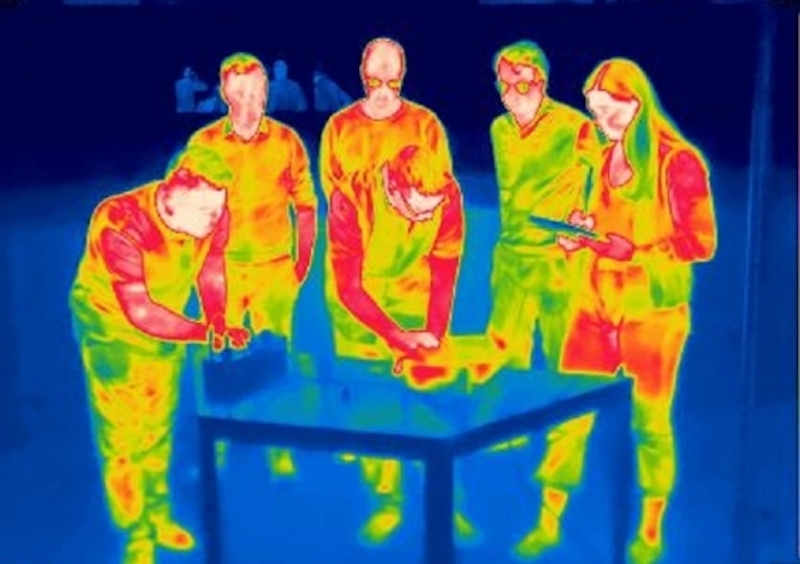Researchers from the University of New South Wales (UNSW) have reported a major breakthrough in the generation of so-called “nighttime” solar power – a process previously conceived of only theoretically.
The breakthrough saw a team from the UNSW School of Photovoltaic and Renewable Energy Engineering generate electricity from heat radiated as infrared light, in a mimicking of the same system by which the planet cools itself by radiating heat into space at night. By employing a semiconductor device known as a thermoradiative diode (a similar material composition is found in night-vision goggles), the team was able to generate a small amount of power from the infrared light (approximately 100,000 times less than that produced by a solar panel).
Though seemingly minor, the research team believes the result is just the beginning.
“We have made an unambiguous demonstration of electrical power from a thermoradiative diode,” said Professor Ned Ekins-Daukes. “Using thermal imaging cameras you can see how much radiation there is at night, but just in the infrared rather than the visible wavelengths. What we have done is make a device that can generate electrical power from the emission of infrared thermal radiation.”
Ekins-Daukes said the process is still a harnessing of solar power, for the solar energy had hit the Earth during the day, warming the planet. But instead of that energy radiating back out into space in the form of infrared light, it can now be harvested.
“Photovoltaics, the direct conversion of sunlight into electricity, is an artificial process that humans have developed in order to convert the solar energy into power,” Phoebe Pearce, one of the co-authors of the research paper published in ACS Photonics. “In that sense the thermoradiative process is similar; we are diverting energy flowing in the infrared from a warm Earth into the cold universe. In the same way that a solar cell can generate electricity by absorbing sunlight emitted from a very hot sun, the thermoradiative diode generates electricity by emitting infrared light into a colder environment. In both cases the temperature difference is what lets us generate electricity.”
The researchers believe the breakthrough could be the beginning of a long path toward devices that could one day capture energy at a much larger scope than currently conceived. Indeed, Ekins-Daukes likened the research to that performed by engineers at Bell Labs in 1954 who demonstrated the first practical silicon solar cell. That cell was barely 2% efficient, whereas modern day cells are able to convert around 23% of received sunlight into electricity.
Fellow co-author Michael Nielsen noted that despite how far away commercialisation of this technology is, the evolving idea is extremely exciting.
“By leveraging our knowledge of how to design and optimise solar cells and borrowing materials from the existing mid-infrared photodetector community, we hope for rapid progress towards delivering the dream of solar power at night,” said Nielsen.
The scope of potential application for this technology is staggering. One such idea is power from body heat, which would see bionic devices such as artificial hearts powered just from heat generated in the body.
“Down the line, this technology could potentially harvest that energy and remove the need for batteries in certain devices – or help to recharge them,” said Ekins-Daukes. “That isn’t something where conventional solar power would necessarily be a viable option.”
While the technology still needs a decade of research in universities, the industry should be prepared to step in and drive advancement by seeing the enormous potential of such an energy-gathering tool.
This content is protected by copyright and may not be reused. If you want to cooperate with us and would like to reuse some of our content, please contact: editors@pv-magazine.com.




0We should be glad about every watt emitted to space instead of keeping it inside the System.